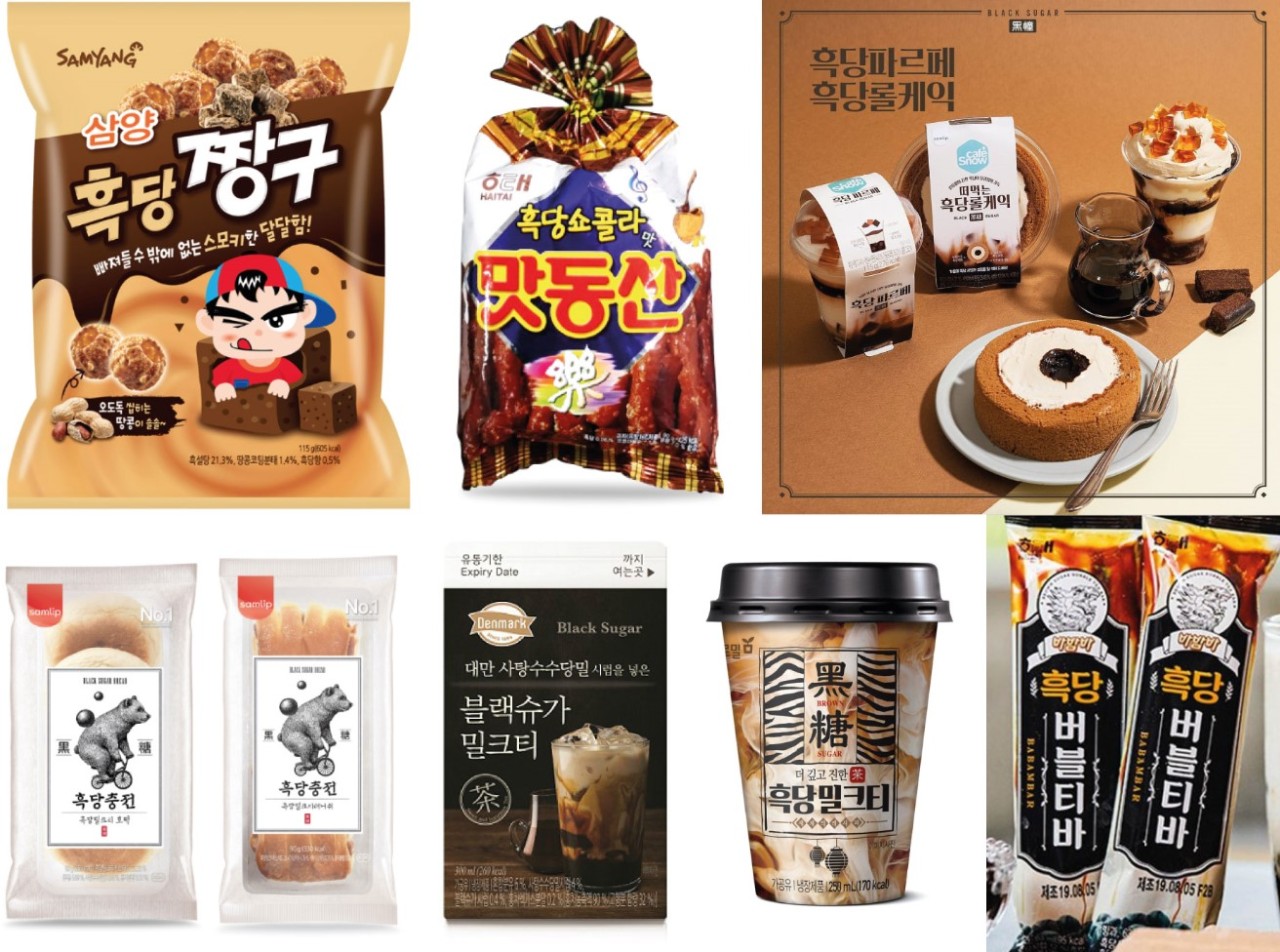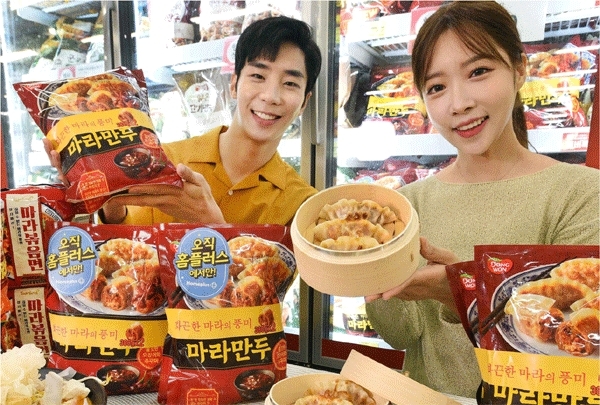[Trending in Pairs] Delicious or exotic? Koreans’ mala craze, black sugar hype continue
Koreans’ penchant for trendy food pushes market to experiment -- but will it last?
By Kim Da-solPublished : Jan. 5, 2020 - 14:59
In a country where food trends come and go, stores selling black sugar milk tea and Mala xiang guo -- Sichuan-style spicy stir-fried vegetables and meat -- are widespread these days.
Korea’s “sweet fever” peaked when Taiwanese boba milk tea franchise Tiger Sugar opened here in March last year, selling milk tea with dark brown sugar syrup called “heukdang” in Korean. In less than a year, Tiger Sugar has opened 16 additional stores in Korea.
Coffee shops like Coffee Bean and Ediya Coffee began to use the ultrasweet syrup, along with food brands and convenience stores, attracting consumers with a variety of drinks and snacks sweetened with heukdang.
Korea’s “sweet fever” peaked when Taiwanese boba milk tea franchise Tiger Sugar opened here in March last year, selling milk tea with dark brown sugar syrup called “heukdang” in Korean. In less than a year, Tiger Sugar has opened 16 additional stores in Korea.
Coffee shops like Coffee Bean and Ediya Coffee began to use the ultrasweet syrup, along with food brands and convenience stores, attracting consumers with a variety of drinks and snacks sweetened with heukdang.

This winter, Lotte Confectionery has launched Heukdang Hobbang, a steamed bun filled with black sugar syrup.
Haetae Confectionery has combined its steady-selling ice cream bar Babamba with black sugar syrup, launching the Babamba Heukdang bubble tea ice cream bar. It has also launched Heukdang Matdongsan, adding black sugar to its crunch peanut cookie.
On Nov. 22, convenience store chain CU began selling Heukdang Milky Stout, which contains milk sugar and brown sugar to differentiate the product from existing kinds of stout.
Another convenience store chain, GS25, has directly sourced Taiwanese ice cream company Xiao Mei’s Brown Sugar Milk Tea Ice bar, which has a chewy texture.
“A new food trend creates synergy with existing food brands or manufacturers that have steady-selling products, as it can create new or limited-edition products combined with the new trend,” said an industry insider.
“But for relatively new food franchises, it can be risky to launch products following the latest trend because they can be forgotten when the trend changes. Such brands will require a long-term business plan,” he added.

The same goes for Mala sauce, a spicy Chinese sauce made of Sichuan peppercorns, chili peppers and various spices simmered with oil.
Since early 2019, not only has the number of Mala Xiang Guo restaurants increased, but food industries have also launched throngs of Mala-inspired snacks, ramen, steamed buns, dumplings and even Mala-flavored Spam.
“It’s interesting to see the fusion of Koreans’ staple food, such as ramen or dumplings, and the latest food trend, giving a twist to the existing taste that we all already know,” said 25-year-old university student Kim Eun-kyung.
Three years ago, Taiwanese sponge cakes, also known as “giant castella,” gained huge popularity in Korea with their soft texture. The hype, however, quickly lost steam.
Five years ago, ice cream topped with raw honeycomb was trendy. Seven years ago, Koreans formed long lines to taste German pastry Schneeballen, a 3,500 won-cookie. But all these food items are hard to find now.
Food industry experts say consumers gradually lose interest in the food items as they become more common.
“At first, customers are attracted to the relatively new visual of food, with high expectations of the taste. But after experiencing the food several times, as more food brands launch similar products, customers often feel disappointed and do not find the product attractive anymore,” an official working at a food manufacturing brand told The Korea Herald.
“It’s also because Korean customers are used to rapidly changing food and beverage trends, wanting something new almost every other season,” he added.
By Kim Da-sol (ddd@heraldcorp.com)




![[Herald Interview] 'Amid aging population, Korea to invite more young professionals from overseas'](http://res.heraldm.com/phpwas/restmb_idxmake.php?idx=644&simg=/content/image/2024/04/24/20240424050844_0.jpg&u=20240424200058)













![[KH Explains] Korean shipbuilding stocks rally: Real growth or bubble?](http://res.heraldm.com/phpwas/restmb_idxmake.php?idx=652&simg=/content/image/2024/04/25/20240425050656_0.jpg&u=)

